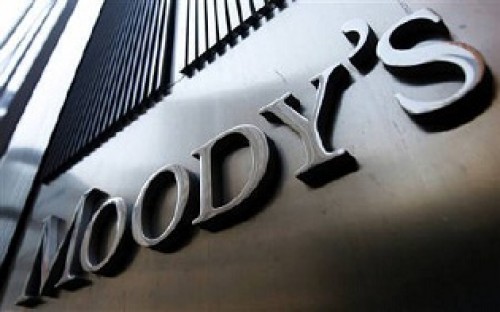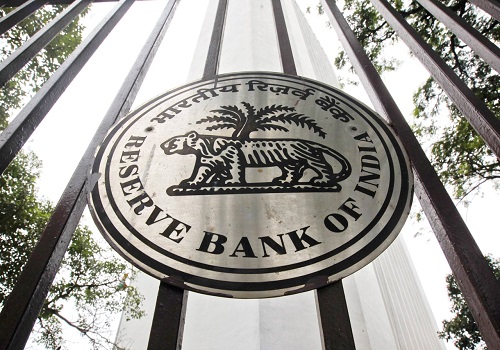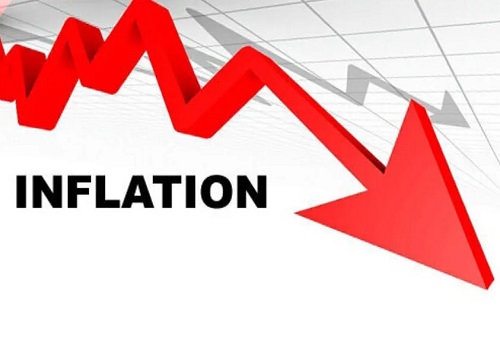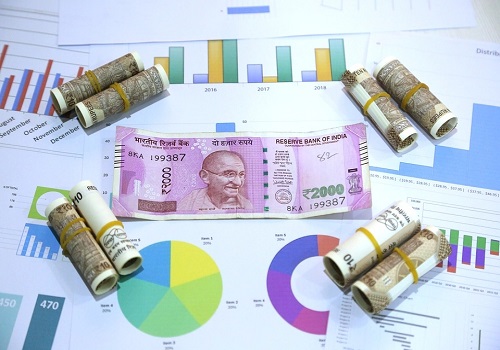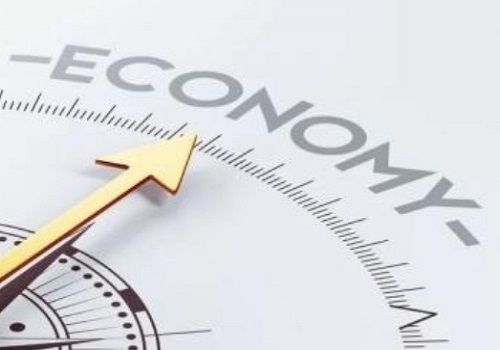India Strategy : Corporate profits to GDP - FY23 marks a slight moderation By Motilal Oswal Financial Services

Follow us Now on Telegram ! Get daily 10 - 12 important updates on Business, Finance and Investment. Join our Telegram Channel
https://t.me/InvestmentGuruIndiacom
Download Telegram App before Joining the Channel
Global cyclicals offset the momentum in BFSI and Auto
Interpreting the corporate profit to GDP ratio during the last two decades
* In 2023, the corporate profit to GDP ratio for the Nifty-500 Universe and listed India Inc. contracted marginally to 4.1% and 4.3% after rebounding in 2022 to reach a decade high of 4.3% and 4.5%, respectively. The YoY decline was led by global commodities, which contributed adversely to the ratio, while BFSI contributed positively. The 0.2% reduction in the 2023 profit to GDP ratio for Nifty-500 was led by Metals (0.4% decline) and Oil & Gas (0.3% decline). Notably, BFSI improved 0.4%. The corporate profit for Nifty-500 Universe grew at a slower pace of 8.7% YoY in FY23 after surging 49% YoY in FY22 and 50% YoY in FY21. We note that FY23 Nominal GDP jumped 16.1% YoY – faster than FY23 Corporate profit growth – preceded by 18.4% YoY GDP growth in FY22 and a contraction in GDP recorded in 2021.
* India's corporate profit (Listed + Unlisted) to GDP ratio dropped to 2.0% from 7.8% over 2008-20. For the Nifty-500 Universe, the ratio declined to 2.3% (at a two-decade low) from 5.1% over the same period.
* Notably, the corporate profit to GDP ratio had been contracting since 2010, barring 2017 when profits of global cyclicals (such as Metals and O&G) had bounced back and losses of PSU Banks had reduced over the preceding year.
* In this report, we analyze ‘corporate earnings as a percentage of GDP’ in greater detail. We use Nifty-500 as a proxy for corporate earnings since the index contributes 92% to India’s market cap and carry out a detailed analysis of the sectors and companies. ? In our analysis, we segregate the 2003–23 period into three phases: 1) 2003–08, 2) 2008–20, and 3) 2020–23.
Phase 1) 2003–08: The Shining Phase…
* The corporate profit to GDP ratio almost doubled to 5.1% from 2.7% over 2003– 08, with Nifty-500 profits reporting 30% growth – at 2x the pace of underlying GDP growth (CAGR of 14.5%) during the same period.
* This surge was propelled by the export-, investment-, and capex-oriented sectors. During 2003–08, the global economy was growing at a faster rate, supporting the export-oriented players. Capacity investments across sectors were also significant as the investment cycle took off steadily.
* Of the 2.4% improvement in the corporate profit to GDP ratio over this period, 1.6% was contributed by Metals, Technology, BFSI, Capital Goods, Real Estate, and Cement.
Phase 2) 2008–20: …that faded away
* During 2008–20, the distress in domestic corporate earnings had led to a compression in the Nifty-500 profit to GDP ratio to 2.3% from 5.1% earlier.
* Similar to Phase 1, the movement in the ratio over Phase 2 was led by certain sectors – 88% of the decline was attributed to Oil & Gas (28%), Metals (23%), PSU Banks (15%), Telecom (15%), and Capital Goods (7%).
* NBFC, Technology, Chemicals, and Retail were the only sectors that have seen an improvement in the profit to GDP ratio during Phase 2.
Phase 3) 2020-23: Reversion to the mean
* Notwithstanding the pandemic-induced gloom and weak economic recovery, corporate profits have recovered smartly from the lows.
* Consequently, the corporate profit to GDP ratio rebounded to a ten-year high of 4.3% (long-period average of 3.7%) in 2022 as profits grew at a faster pace (49% YoY). However, the ratio dropped to 4.1% in 2023 as profits rose at a slower pace (9% YoY).
* During Phase 3, the ratio improved for 20 of 25 sectors, of which 76% was driven by PSU Banks (22%), Private Banks (20%), Telecom (11%), Metals (8%), Insurance (8%), and Oil & Gas (7%).
* Cement, Media, and Consumer Durables were the only sectors to witness a compression in the ratio.
To Read Complete Report & Disclaimer Click Here
For More Motilal Oswal Securities Ltd Disclaimer http://www.motilaloswal.com/MOSLdisclaimer/disclaimer.html
SEBI Registration number is INH000000412
Above views are of the author and not of the website kindly read disclaimer


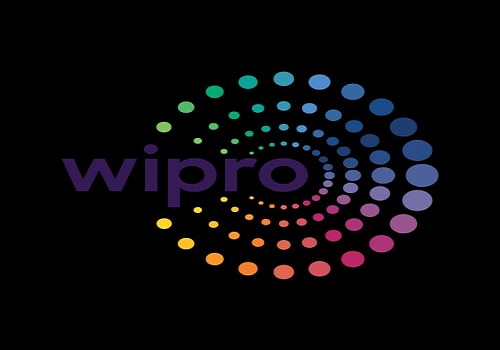



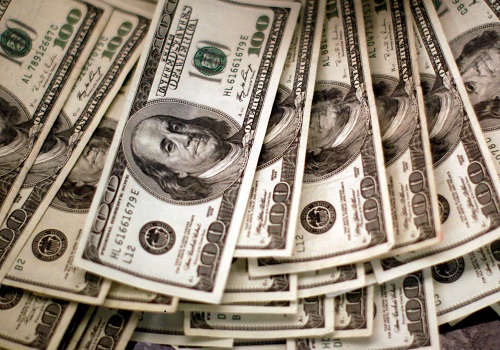



Tag News

Monthly Debt Market Update, September 2023: CareEdge Ratings






